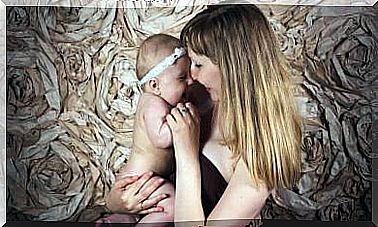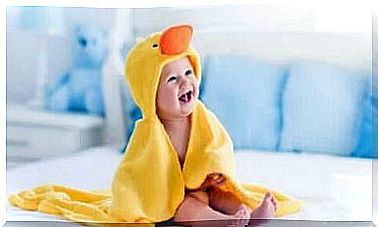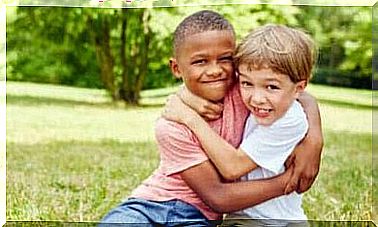The Tales Of The Brothers Grimm And How They Affect Our Children

In the early 19th century, the brothers Jacob and Wilhelm Grimm wrote down and compiled almost 300 folk tales. Today, these stories are available in countless languages and in various interpretations and film adaptations. The Grimm brothers are unequivocally important to children’s literature and our culture.
However, the brothers’ first goal was not to write a collection of literature for such a young audience. The first versions of their stories are extremely cruel and anything but child-friendly.
The brothers later began writing down a “softer” version of their tales to make them more suitable for children. Yet these stories still have a very special effect on young, receptive minds.
The tales written by the Brothers Grimm: anything but children’s tales
Culturally, we are used to fairy tales for children having a happy ending. The good ones win, the bad characters escape and everyone lives happily ever after. But as I said, many popular tales did not always have the happy ending we know today. Stories by Perrault, Andersen and the Brothers Grimm were marked by violence and cruelty that can be on a par with today’s action movies.
Although these fairy tales have a good deal of morality, they also contain many cruel and bloody details. In Hans and Greta, the witch is burned to death. In the little mermaid, the main character becomes dumb and turns into sea foam when the prince rejects her. Many people believe that the purpose was to scare children so that they would stay away from certain situations and people who could be dangerous.
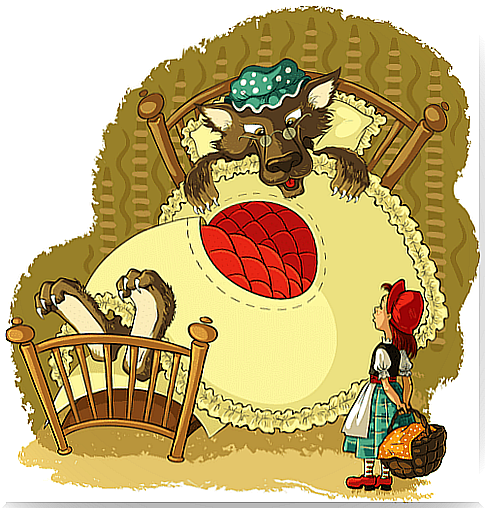
Reworkings for children: only to a certain point
Some parents do not like to feel that they are lying to their children when they tell stories to them. It’s true that many stories are quite unrealistic, but that does not mean that they will confuse or mislead your children.
However, other parents believe that if they remove all realism from children’s stories, their young children will grow up happier and more protected. But that is not entirely true either.
The key is to find a balance. Sometimes we need to change the stories to neutralize certain negative, cruel and violent aspects. But we can still use these stories, given that many of them have important morals. We must look for suitable adaptations that do not diminish their original intention.
We must also remember that the adjustment should depend on the individual child. This is the reason why so many different adaptations of the same saga exist. It’s not just about the child’s age and ability to understand. It is about remembering that each person has an individual level of sensitivity.
The tales of the Brothers Grimm: more than just entertainment
Each story has a dual purpose. On the one hand, they are stories that serve as a pleasant form of entertainment and as a pastime. But at the same time, they are meant to convey important messages and values.
Most stories have a moral character, and in the end those who act wrongly get their punishments and those who do what is right and proper get their reward. But beyond this basic dual function , the work of the Brothers Grimm plays an important representative role.
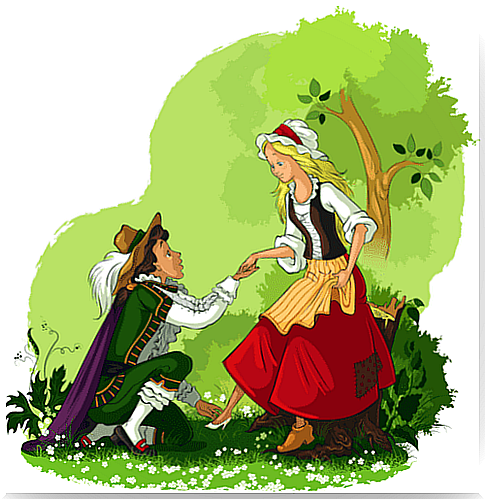
In a way, stories are a way of gradually introducing children to reality. As we mentioned, the purpose of the cruel details was to protect children. By incorporating a certain degree of fear, the authors wanted to warn children of certain dangers that they should be aware of.
But the events in the stories are not the only things that reflect reality. The way children identify with each character affects how they relate the stories to reality.
The bad and the good
The use of antagonists in these stories is particularly remarkable. Let us mention, for example, all the evil stepmothers in Grimm’s fairy tales. Cinderella, Sleeping Beauty and Snow White were all afraid of these evil women in their lives.
Children use these evil characters to understand how other people act and feel. In this way, they classify their loved ones into those who are good and those who are evil.
We must also not forget to talk about the opposite of the stepmothers in these classic stories: the godmothers. These characters care about the main characters, just as family and friends care about children.
Children associate these divs with those who protect them from dangers. Through the godmothers, children understand that their loved ones will always be there to take care of and protect them.
